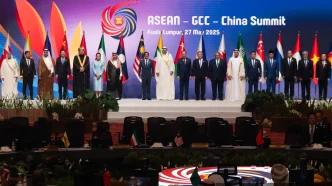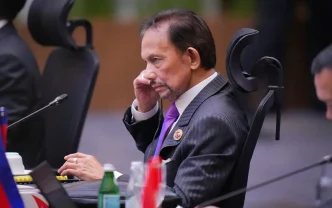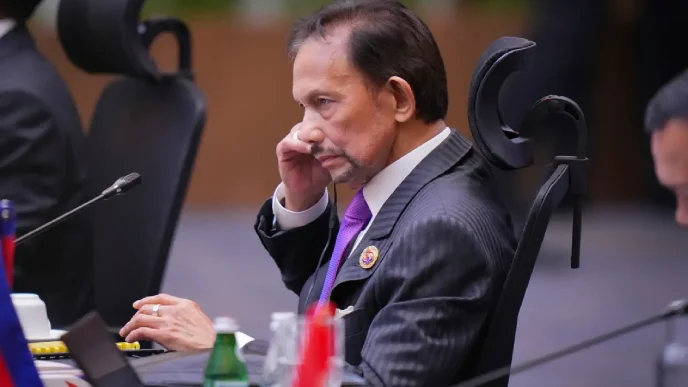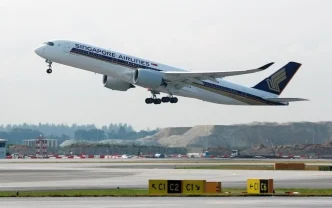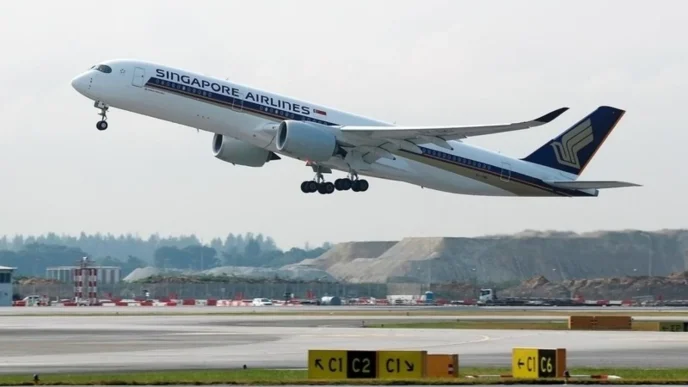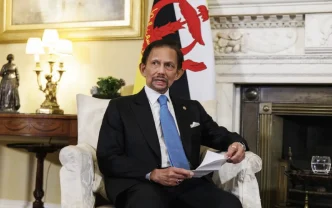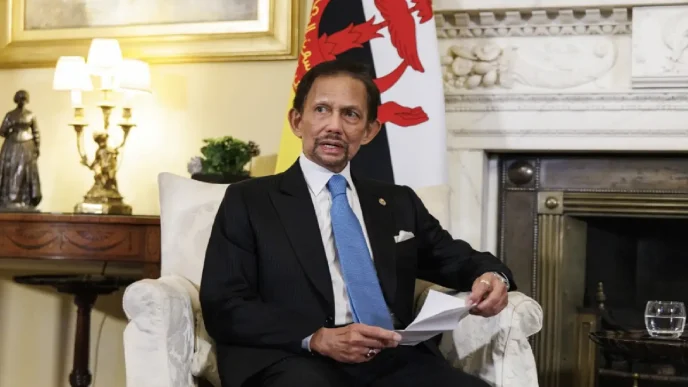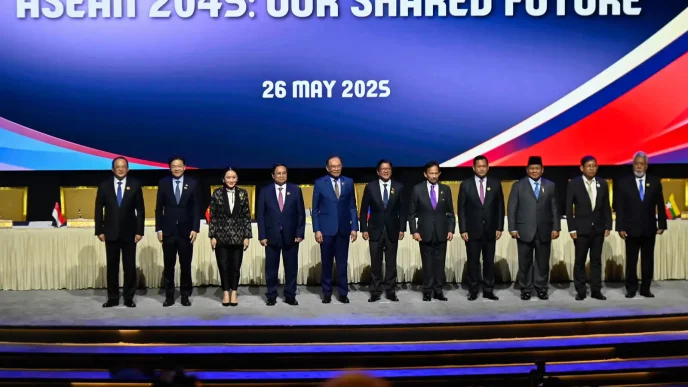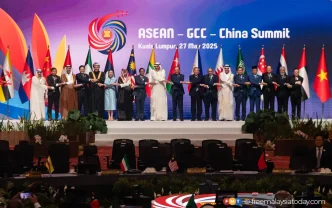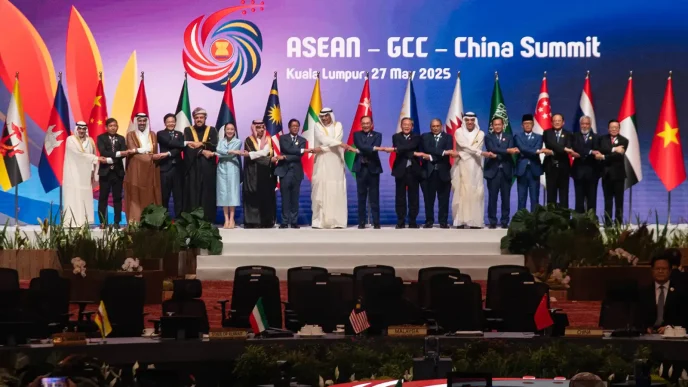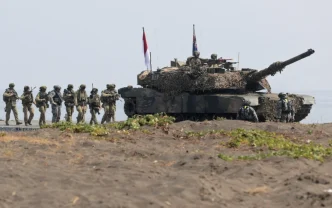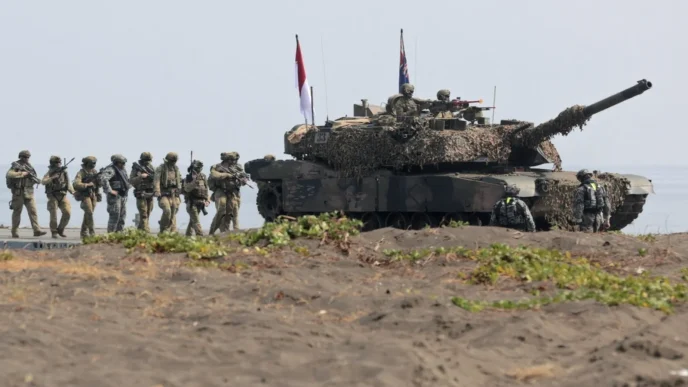Asean, GCC, and Chinese leaders on stage at the historic first Asean-GCC-China Summit in Kuala Lumpur.
KUALA LUMPUR: Prime Minister Anwar Ibrahim today expressed confidence that the partnership between Asean, the Gulf Cooperation Council (GCC), and China could forge a future that is “more connected, more resilient, and more prosperous” for generations to come.
Speaking at the inaugural Asean-GCC-China Summit, Anwar said there are vast opportunities from the three blocs sharing a combined gross domestic product (GDP) of nearly US$24.87 trillion and a population exceeding 2.1 billion.
“The collective scale offers vast opportunities to synergise our markets, deepen innovation, and promote cross-regional investment,” he said in his opening remarks as Asean chair.
Anwar also pointed out that each region has its own strength that complements the others: the GCC’s rising role in financial services, artificial intelligence (AI) and energy; China’s transformational economic growth and technological leadership; and Asean’s record as one of the world’s fastest-growing and most peaceful regions.
“I hope this summit will stand as a new chapter in Asean’s journey of outward-looking engagement, demonstrating what can be achieved when partners work together in mutual respect and with a shared purpose,” he said.
In 2023, Asean’s GDP reached US$3.8 trillion, making it the world’s fifth-largest economy.
That same year, trade between Asean and the GCC totalled US$130.7 billion, with foreign direct investment (FDI) inflows of US$390.2 million.
China, meanwhile, remained Asean’s largest trading partner with US$696.7 billion in trade and US$17.3 billion in FDI, which indicate immense existing linkages as well as substantial untapped potential.
Crown Prince of Kuwait Sheikh Sabah Al-Khalid Al-Sabah, president of the current GCC Supreme Council session, stressed the importance of finalising free trade agreement (FTA) negotiations between the GCC and China.
As of late 2024, negotiations have progressed significantly, with approximately 90% of issues resolved.
“We also call for the removal of obstacles that limit the flow of exports between the three parties, and we affirm the economic forum between the two parties, the GCC and China,” he said in his opening remarks.
Chinese premier Li Qiang, who spoke last, also expressed hope for accelerated FTA talks between Asean and the GCC after China recently concluded its discussion with Asean to include emerging sectors, such as the digital and green economies, into the upgraded FTA.
“The total population and combined economic output of Asean, China and GCC countries account for about a quarter of the world.
“By fully connecting our markets, we will surely unleash even greater development potential and generate more significant economies of scale,” he said.
The Asean-China FTA upgrade is one of the major deliverables under Malaysia’s chairmanship, alongside the Asean Digital Economy Framework Agreement, set to be finalised later this year.
Yesterday, Malaysia and the GCC signed a memorandum of understanding to kick off formal negotiations for a free trade agreement.
Investment, trade and industry minister Tengku Zafrul Aziz said this marks the first time that Malaysia is engaging with the GCC as a single economic bloc.
